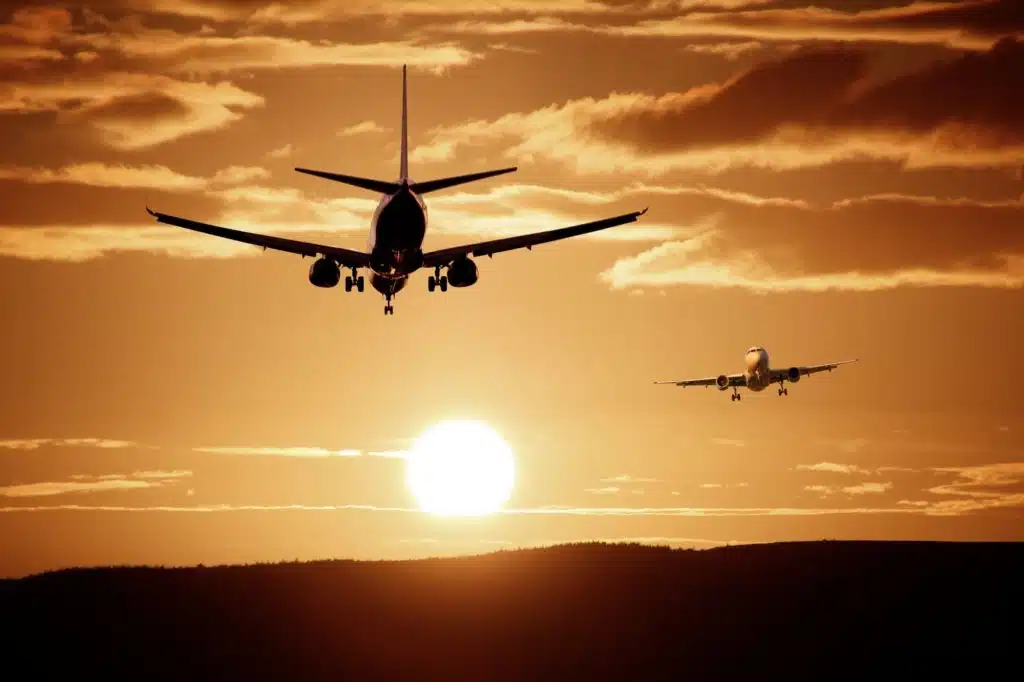AN EASY FLIGHT
11 Tips for Flying
Even the shortest of flights can be an arduous affair.
Before the journey has even begun, there are transfers to arrange, paperwork to organise, check-ins to make and then all that waiting around. All this before you’ve even boarded the plane, let alone left the ground.
The unfortunate reality is that air travel, especially on inter-continental long-haul flights, is always challenging. There will always be protocol and logistics to adhere to, there will always be time to kill, and there will always be delays, jetlag and the lingering malaise that comes with any big journey.
But air travel doesn’t have to be this agonising and, though it might not be completely painless, any flight can be made far more pleasant with a little bit of planning and some inside tips from the experts.
Yes, we are the experts! Our extensive amount of travel as a team has given us a wealth of knowledge to be able to advise our clients, often from having learned the hard way ourselves. But flight attendants are also a valuable resource and the highest authority on in-flight advice.
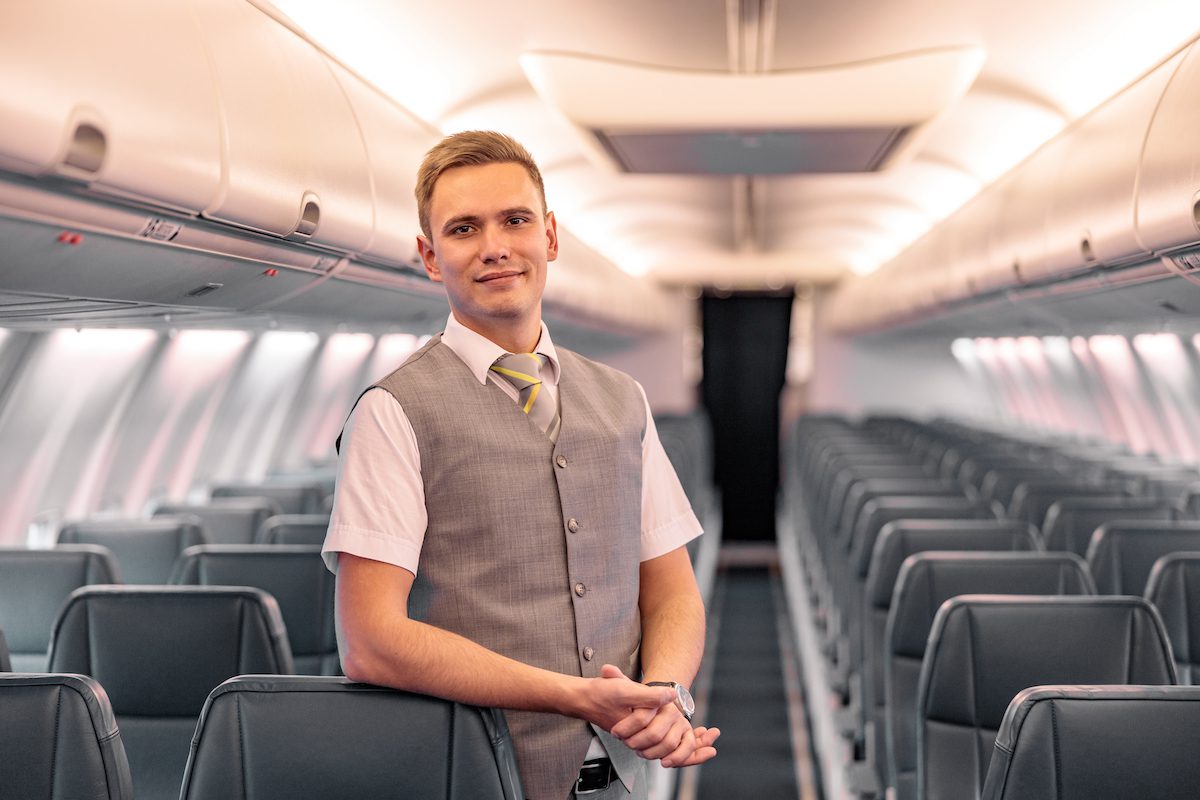
It’s a little late to ask your attendant as she prepares for take-off, but thankfully many airline staff members are sharing their best advice for smoothing out the wrinkles of your flight – and your clothing – helping you arrive fresher, quicker and with far more ease.
Here are 11 of our top tips to improve your in-flight experience and maybe, just maybe, even make it enjoyable:
FORWARD PLANNING
Before departure, it is worth taking the time to envisage the beginnings of your journey. You will need to get to the airport, check in and board the plane, and these processes can all be streamlined.
Packing well in advance gives you the chance to refine your luggage, but also to plan your carry-on. There are two schools of thought here: on the one hand, you can purchase the largest bag possible that will be allowed onboard. This allows you access to plenty of items on your flight, which is particularly useful when travelling with children. On the other hand, large, bulky bags can be a hassle, and you may find yourself unpacking your entire bag onto your seat to find your phone recharge cord. A good book, a bottle of water, a scarf or sarong and a pen to fill in any immigration documents are really all that is needed, so packing light can often be refreshingly simple.
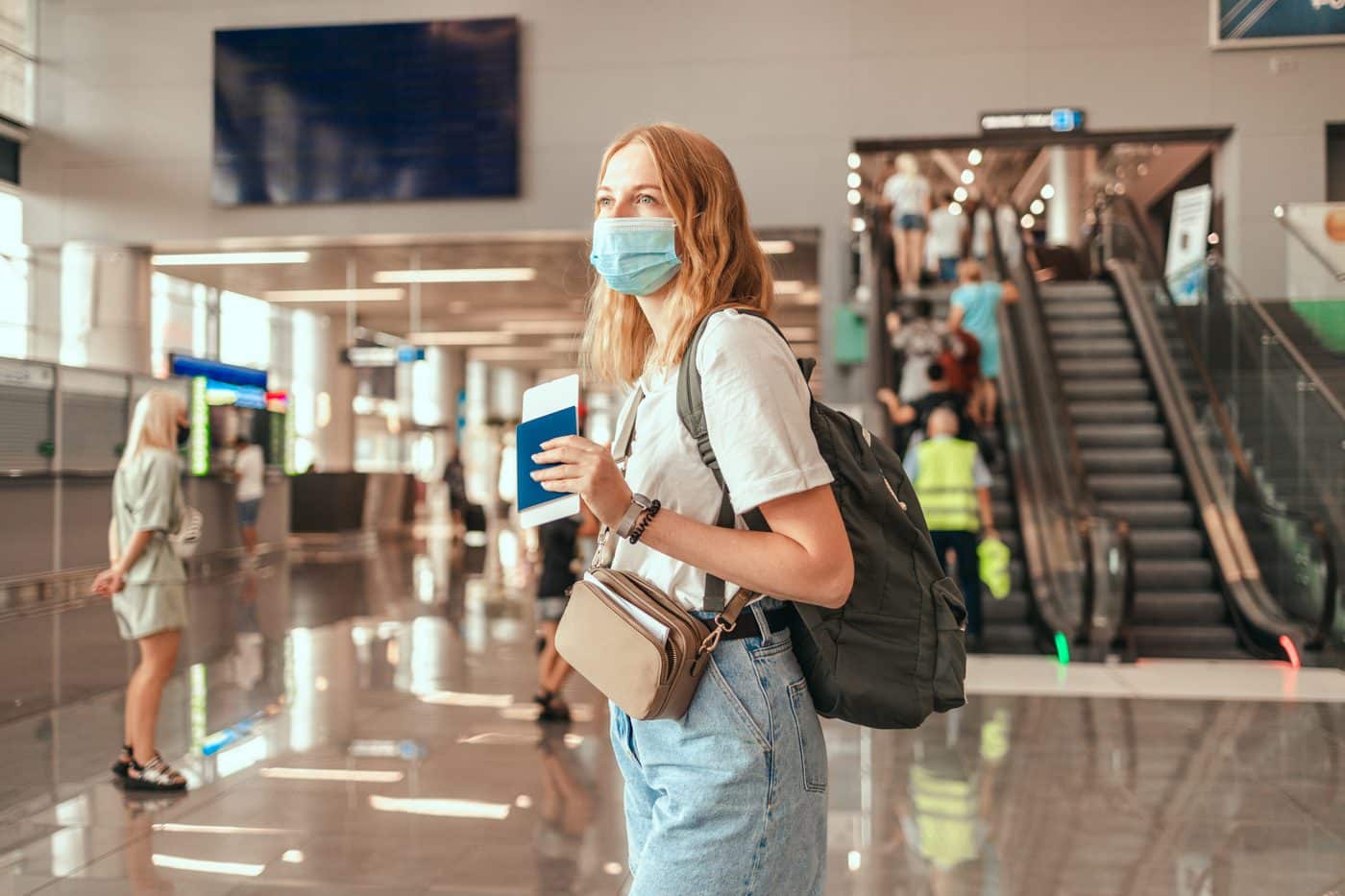
By planning your flight ahead of time, you will learn which option suits you best. If you do choose a larger bag, ensure that the more vital items are easily accessible, stored in outside pockets or on top of everything else.
PICK YOUR LUGGAGE
Investing in luggage is very worthwhile. With your carry-on, this will give you the most practical and functional solution. Again, if opting for a larger bag, select a bag with wheels to alleviate the hassle and strain of carrying baggage between transfers.
A large, rugged suitcase also eases your burden. It might be heavier, but you may only need one bag between two travellers, lessening waiting time and handling. Ensuring your bag is distinctive, brightly coloured or marked it with a ribbon will make your bag easily identifiable at the carousel, or when disembarking from transfer vehicles.
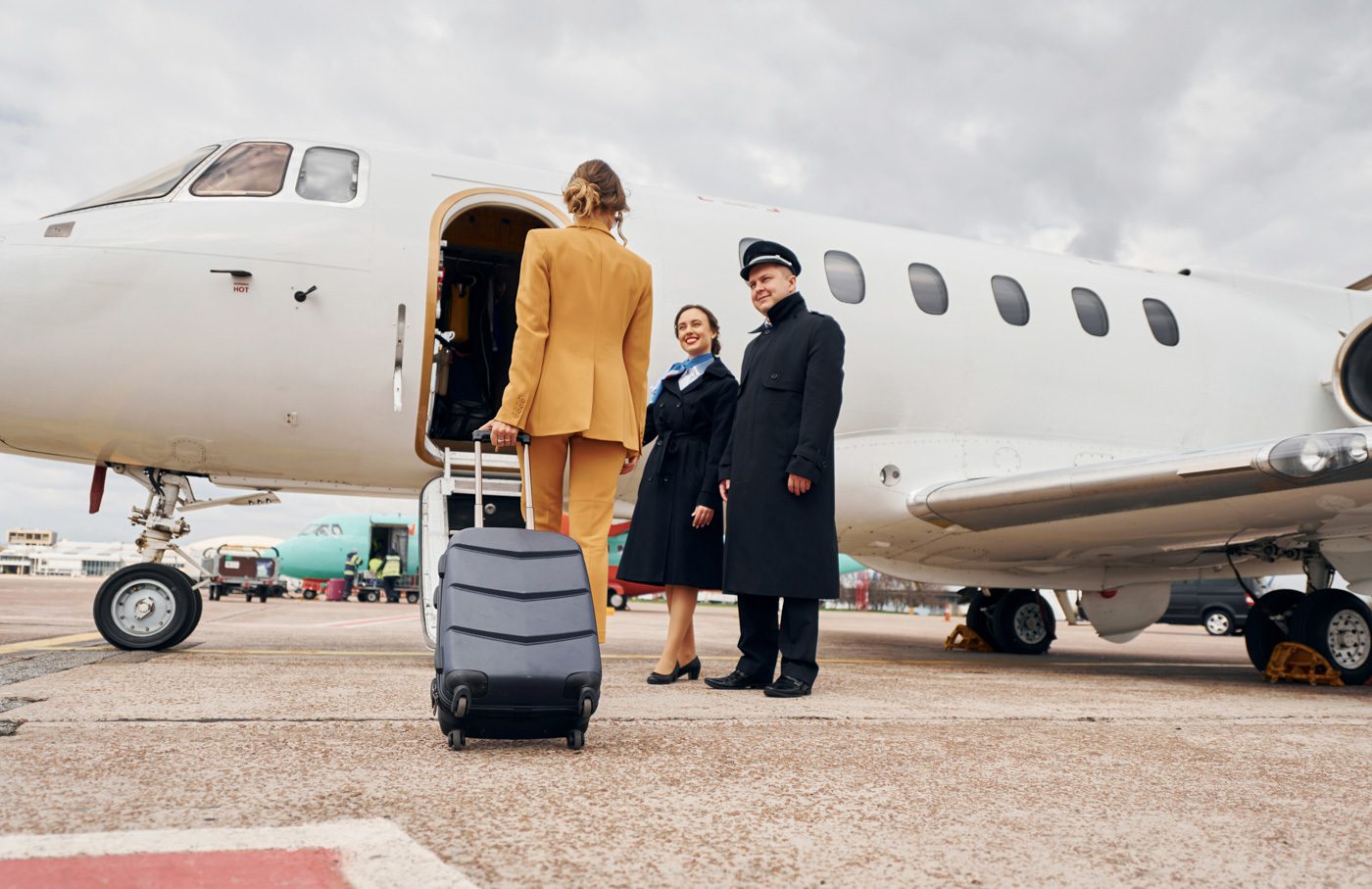
Whatever the rest of your luggage, ensure that you have one small bag with you. A shoulder bag or small backpack that is easily carried and accessible is incredibly useful throughout your trip, but in transit, it can be used for your essentials: passports, phones, painkillers, a little snack, wet wipes or tissues and some cash. This avoids the burden and worry of rummaging through your larger baggage while a stern immigration officer peers at you over the top of his spectacles.
The last luggage item is a passport wallet. This small hand-sized item will be used a thousand times in transit and can then be stowed safely and securely until your departure, keeping all of the essentials in one easy-to-find place.
IN-FLIGHT HYDRATION
The first slightly painful tip, especially if you are boarding a red-eye, is to avoid coffee at all costs. Though it varies from airline to airline, the water used onboard, including for tea and coffee, isn’t the most sanitary. Added to this, caffeine is incredibly dehydrating, can upset the stomach and will confuse your body clock, all increasing the likelihood and severity of jetlag.
This is also somewhat true of alcohol, though a little is harmless enough.
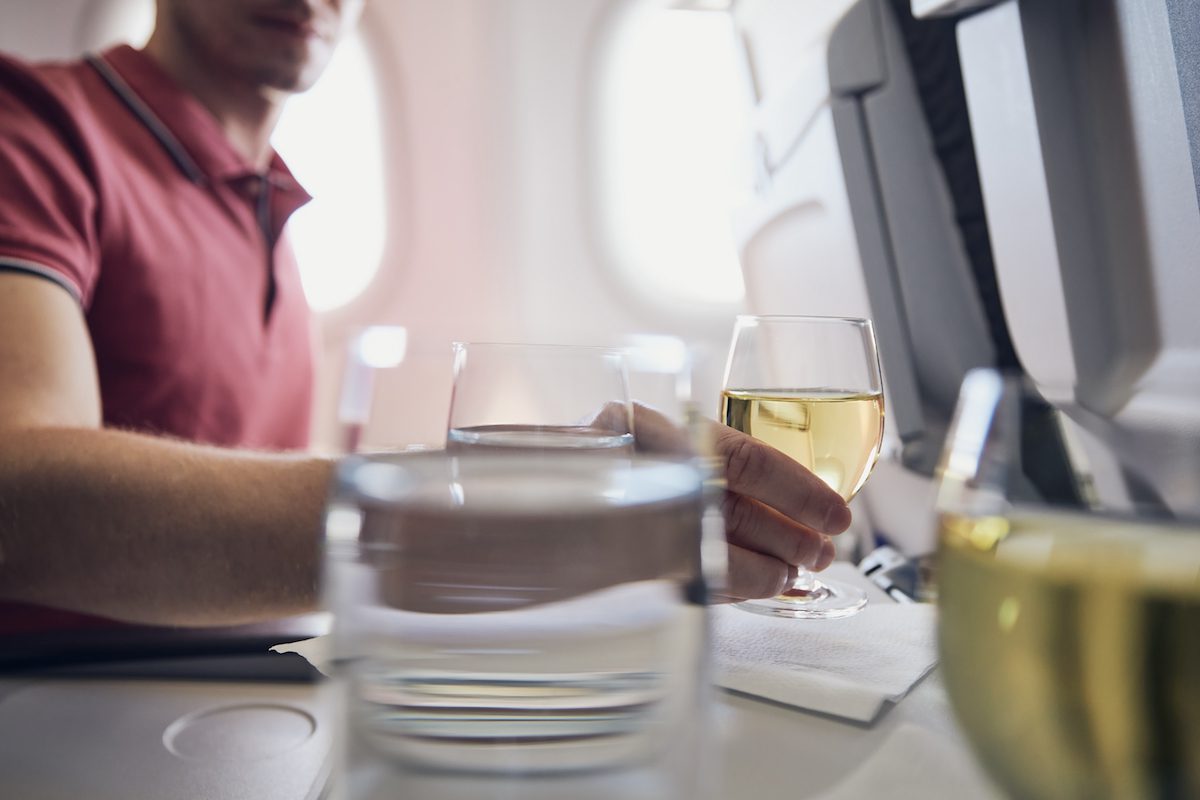
However, it is essential that you sip bottled water throughout your flight. It doesn’t take a deluge to keep you hydrated, but regular sips of water are enough to help you feel fresher throughout the flight and on arrival.
A spritz or hydrating mist is pure bliss during a flight – my little shower in a bottle, as I like to call it. There are dozens of options, and you may choose something that is invigorating or a gentle, soothing lavender mist. Whichever you prefer, always choose something natural and preferably organic to receive the best benefits from your hydrating mist. These handy and compact little sprays will both revitalise the skin and make you feel clean and fresh, even after an 18-hour flight.

PASSING TIME
Boredom is one of a traveller’s greatest foes. Making every moment of downtime – whether waiting at the terminal, enduring delays or during your flight – will make the journey seem significantly shorter. Tablets, such as iPads, are incredibly useful when in transit. You can store flight details, itineraries and more, you can listen to music, read a book, play games or even binge that Netflix series you’ve been meaning to watch. Many airlines now feature a USB charging socket, so don’t forget to pop a charging cable in your carry-on.
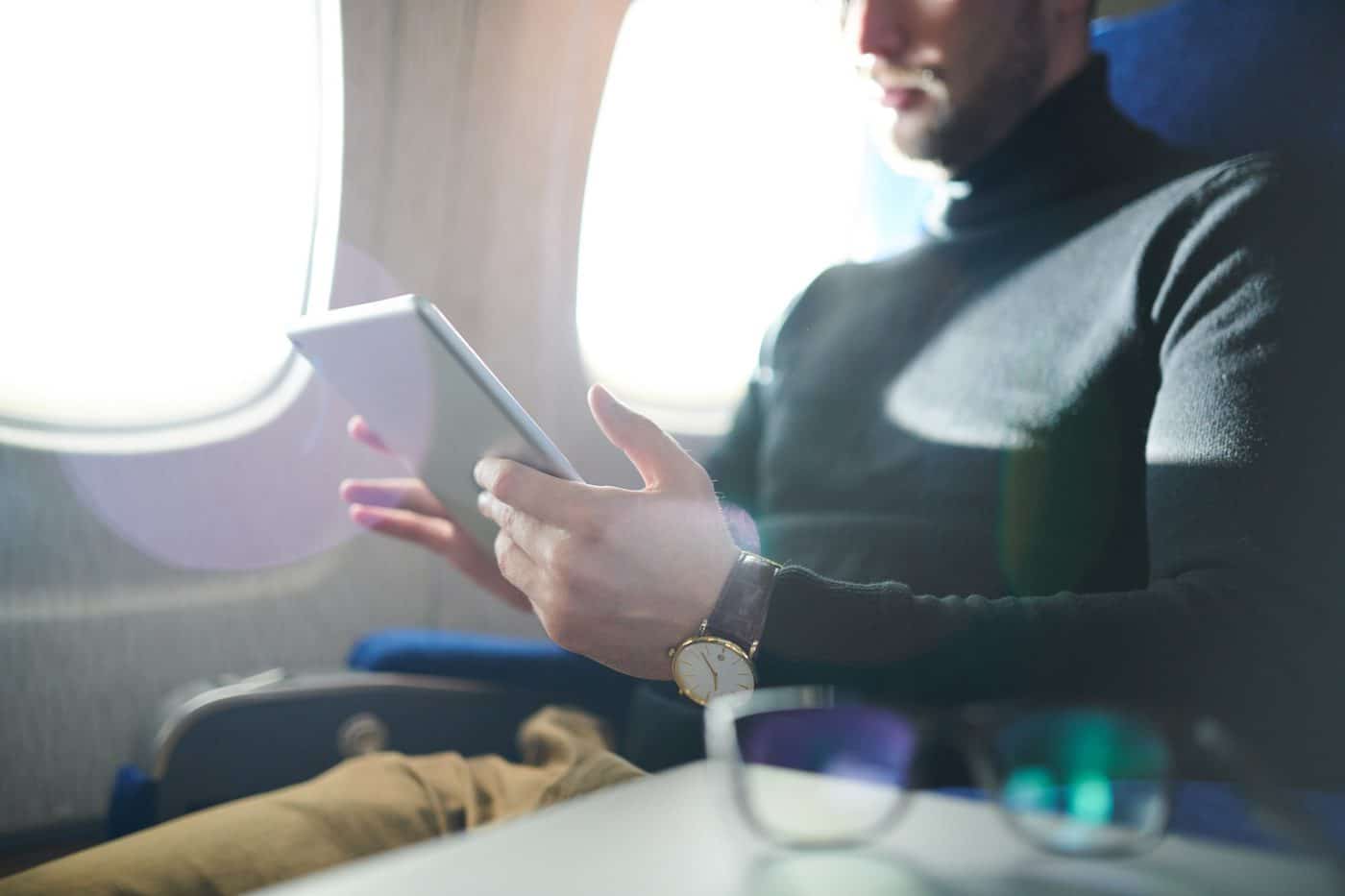
Take an hour before you leave home, while you still have a strong internet connection, to download movies and shows, find a good book and install a few games. Staring at a screen for the entire journey isn’t the best way to pass the time, but having numerous options with which to fill in the vacant hours can be a huge relief. There are also numerous apps to download that can help you throughout your vacation, and this is a good time to explore them.
This is also true of journaling. Whether physically or on your tablet, letting your mind wander across the lines of an empty page can be inspiring and absorbing, allowing hours to slip away while you explore the landscapes of your imagination.
A multi-player game can ease stress when travelling with others. Compact card games are excellent and there are numerous apps that allow two people to play a board game together, such as chess or backgammon.
Lastly, don’t rush. Standing the moment the plane lands and being first in line to board may seem like a good way to get ahead of the crowds, but the few moments these actions may save invariably result in a longer period of frustrating dead time. Relax, take your time and find some peace in the moments in between.
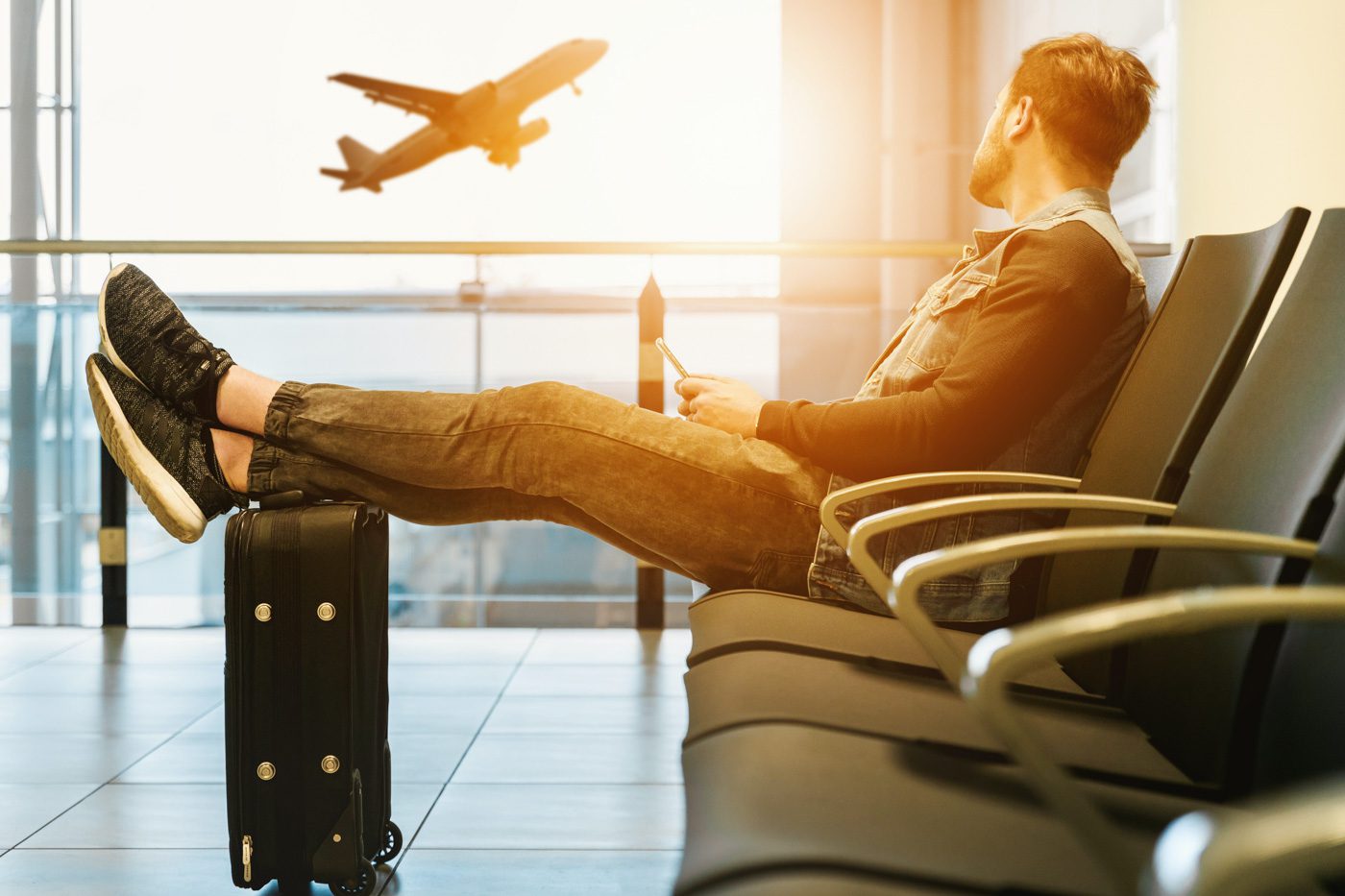
BE NICE!
It may seem obvious, but by being almost excessively nice to staff and fellow passengers will make the entire experience far more pleasant. Greet the passengers around you with a warm smile, assist those in need, thank staff and do what you can to stay light-hearted and positive.
Everyone is just trying to get to their destination, but tempers can fray and moods can sink. In these situations, time grinds to a halt and the remainder of the journey can become utterly miserable.
Niceties can also be to your advantage. Upgrades and preferential treatment are both possible, and on arrival, the person you were chatting to across the aisle may allow you to cut in line and avoid a queue or offer shared transport to your hotel. You may even make a new best friend or learn a dozen insightful tips about your destination from the staff and fellow passengers.
It costs nothing to be nice, but the rewards can be priceless.
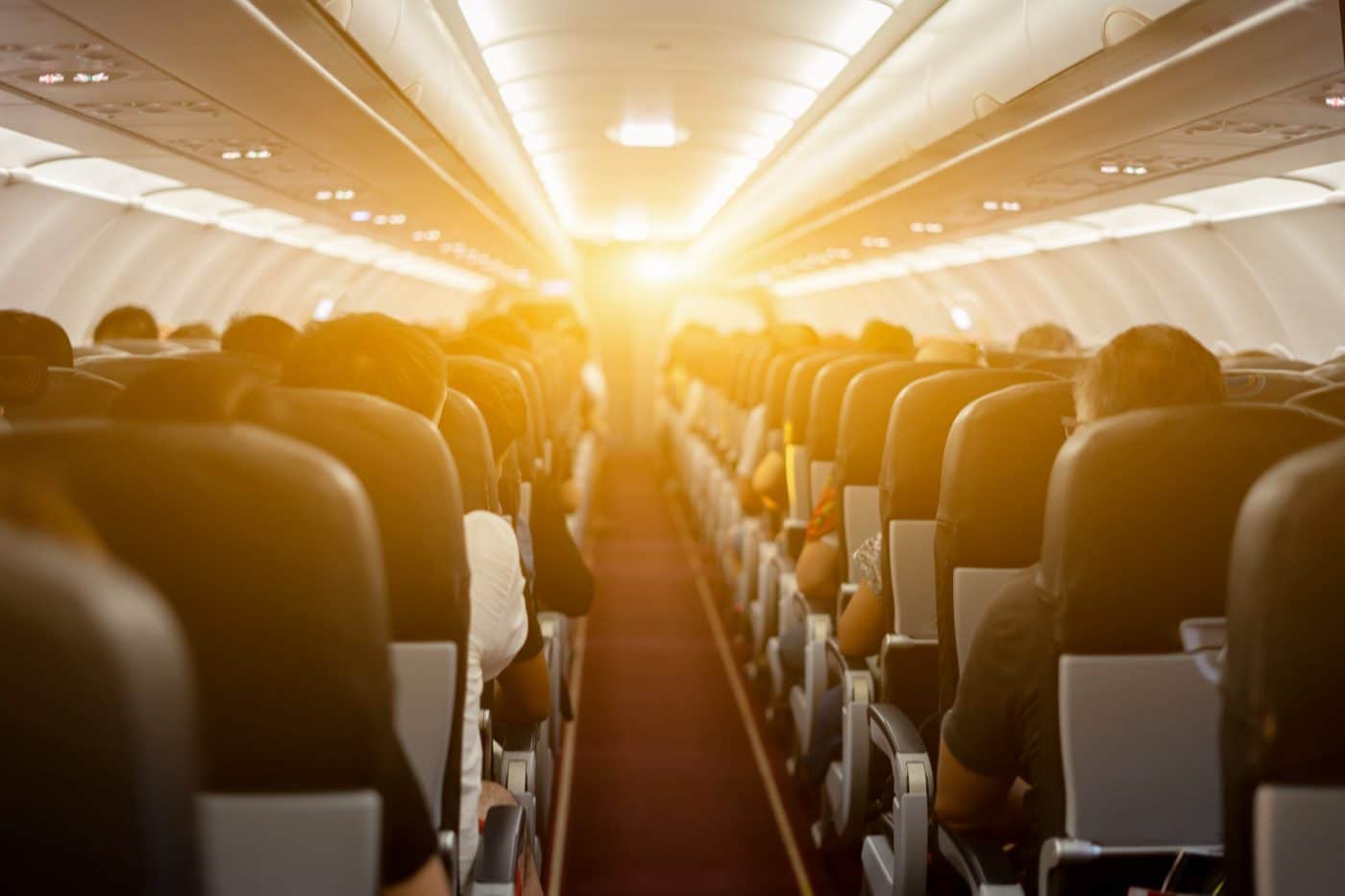
FLIGHT TIME
It is easy to think of yourself in some form of limbo when in the air: you’ve been travelling for hours, it feels like midnight but the sun is high in the sky, and your departure and arrival times seem to defy the laws of math and logic.
This can make any flight seem far longer and will often result in jetlag and disorientation upon arrival.

As soon as you can, change your time to that of your destination. Physically, this can be as simple as adjusting your watch. Mentally, it can be a little bit trickier. The tendency is to think of the ‘real time’ – that being the hour of day at home. This will keep your body clock in that same time zone, so bedtime will feel like breakfast and you won’t know when to sleep or wake. Preparing yourself for arrival by recognising the local time at destination will quickly align you with the days ahead. Ignore your departure time immediately and instead, eat, sleep and even exercise when you would on a normal day based on destination time. An eye mask and headphones or earplugs can be invaluable when wanting to fall asleep despite what is happening around you.
TAKE YOUR SEAT
It used to be that, if a seat was free, you could easily switch places, but this is becoming less and less acceptable. Therefore, it’s important to select the best seat available to you and it is often worth paying a few more dollars for.
If flying first or business class, much of this isn’t applicable, but for those saving some of their vacation budget on a flight, there are a few excellent tips to follow.
Whether choosing aisle or window often comes down to personal preference. Opting for emergency exit seats, which will need to be done when booking your flight, provides more legroom, but it does come with a few trade-offs. You will need to place all bags in overhead lockers, and other passengers tend to congregate in this extra space, especially when waiting for the bathroom. For this reason, it is only really worthwhile for those with particularly long legs.
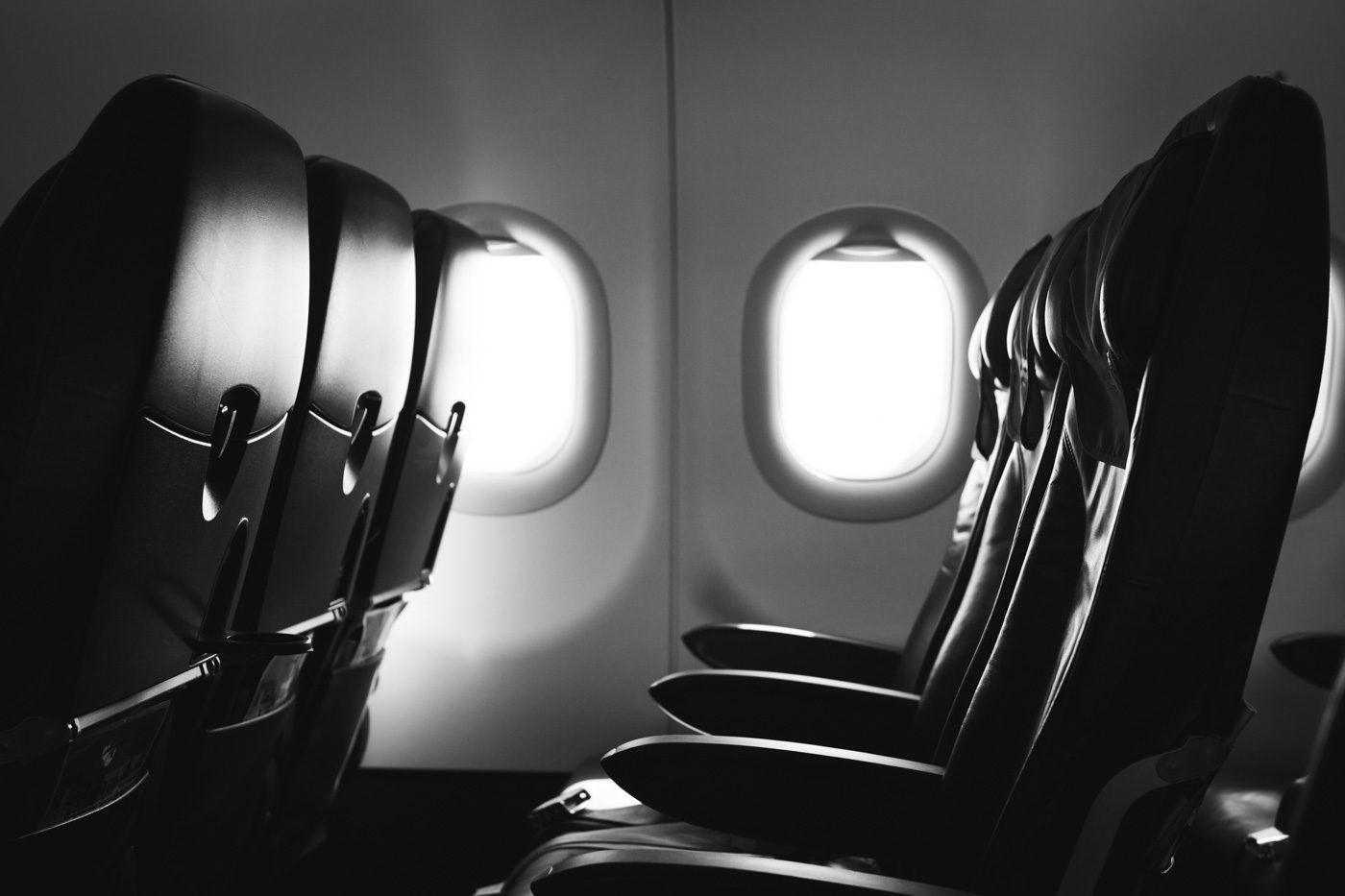
A rule of thumb is to sit closer to the front of the plane. Service is generally quicker, access to bathrooms is easier and you can exit the plane quicker upon arrival. Also, seats in front of the wing are often a little quieter – particularly good if you’ll be sleeping on your flight. However, this varies greatly from plane to plane. SeatGuru is a great website to get a rough overview of the best seat in the house, or on the plane as the case may be.
It isn’t ideal and is somewhat subjective, but SeatGuru will give you a general assessment of seat quality based on a number of factors. You will need to know the model of plane you will be flying on.
THE DREADED J-WORD
…also known as jetlag. The very nature of air flight, especially long-haul, instils a significant amount of jaded weariness in even the most adept traveller, but there are ways to lessen this. As we’ve mentioned, changing your timezone and body clock – or clock blocking as it is known in the industry – is a strong first step.
Hydration, too, will wash away a certain amount of tiredness, and following as normal a sleeping pattern as possible will ensure that you’re well rested upon arrival.
However, there are several ways that can help you integrate into your destination quicker and less painfully. This fascinating article explores the benefits of fasting, aromatherapy, grounding (the act of walking barefoot on grass or sand) and other, seemingly very effective, ways to overcome jetlag.

Ultimately, considering one’s health is the best course of action for overcoming jetlag. Eight hours’ sleep, healthy food, low salt, low sugar, no caffeine, exercise outdoors (upon arrival, not during your flight!) and stretching regularly can all ease the physical and mental strain that flying can impose on the body and mind.
COMFORT IS KEY
Wherever you may be travelling and however long your flight may be, it is highly advisable to consider the aircraft as its own destination. By this, we mean that, while it may be 45 degrees at departure and close to 100 at your destination, most planes will be between 71 and 75 degrees (21-24ºC). This is much cooler than a shorts-and-t-shirt climate, but doesn’t require thermal underwear either.
Long, comfortable pants – jeans with a little bit of stretch, yoga pants or even track pants – are recommended, with a couple of layers on top; a t-shirt and sweater or light jacket, for example. Also, a scarf or sarong can be very useful, making a spontaneous blanket, pillow or head cover to give some extra warmth and peace.
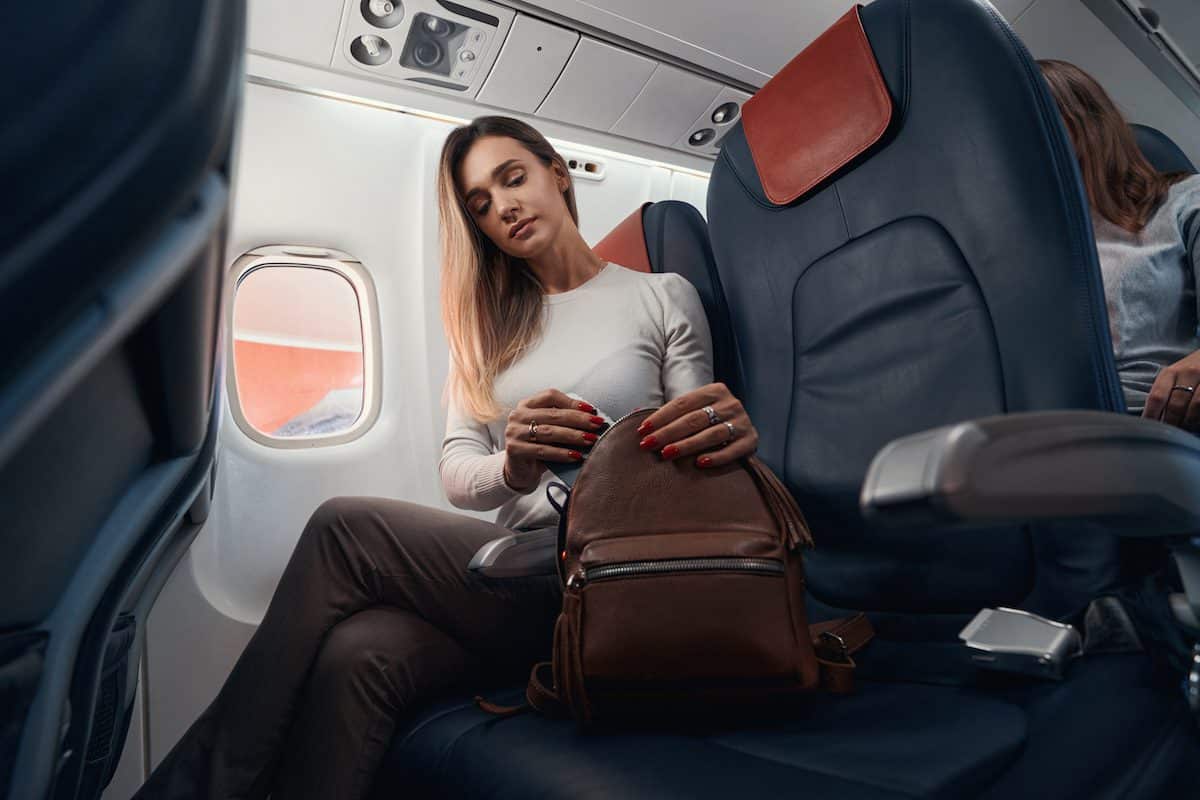
If you do need to be smart on arrival, pack your outfit in your carry-on or in the top of your suitcase. There’s always plenty of time for a quick change in the bathroom while waiting for your baggage.
In our experience, travel pillows are a very personal choice and one size most certainly does not fit all. For this reason, it is one item that is worth purchasing (or better, testing out) in advance. Though all fairly similar, there is a vast array of options available, and each will suit some people better than others.
After finding the best fit, make the pillow yours. Wrap it in soft fabric (your scarf can be ideal), turn it sideways or even backwards, lean it against the window… we are all different shapes and sizes, so experiment with your pillow to get the best position for your preferences.
You only have a small amount of space on any flight – even if flying first class – so take the time to make that space yours, just the way you like it, as soon as possible and don’t wait until the cabin is plunged into darkness.
DON’T SWEAT THE BUMPS
Turbulence; it’s never pleasant. For those with a fear of flying a period of significant turbulence can be a waking nightmare, but even without phobias, a shaking plane isn’t the most reassuring place to be.
Knowing the science doesn’t stop the turbulence but it can alleviate much of the fear associated with it, allowing you to all but ignore the occasional bump and jolt.
There are several types of turbulence, and pilots will generally try to avoid them. Some they can see, so they will adjust their route accordingly, others they can’t but can alter course to escape them as quickly as possible.
Turbulence of any type is far worse in our heads than it is in real life. Not only does the plane feel like it’s moving far more than it actually is, we are also completely powerless to do anything about it.
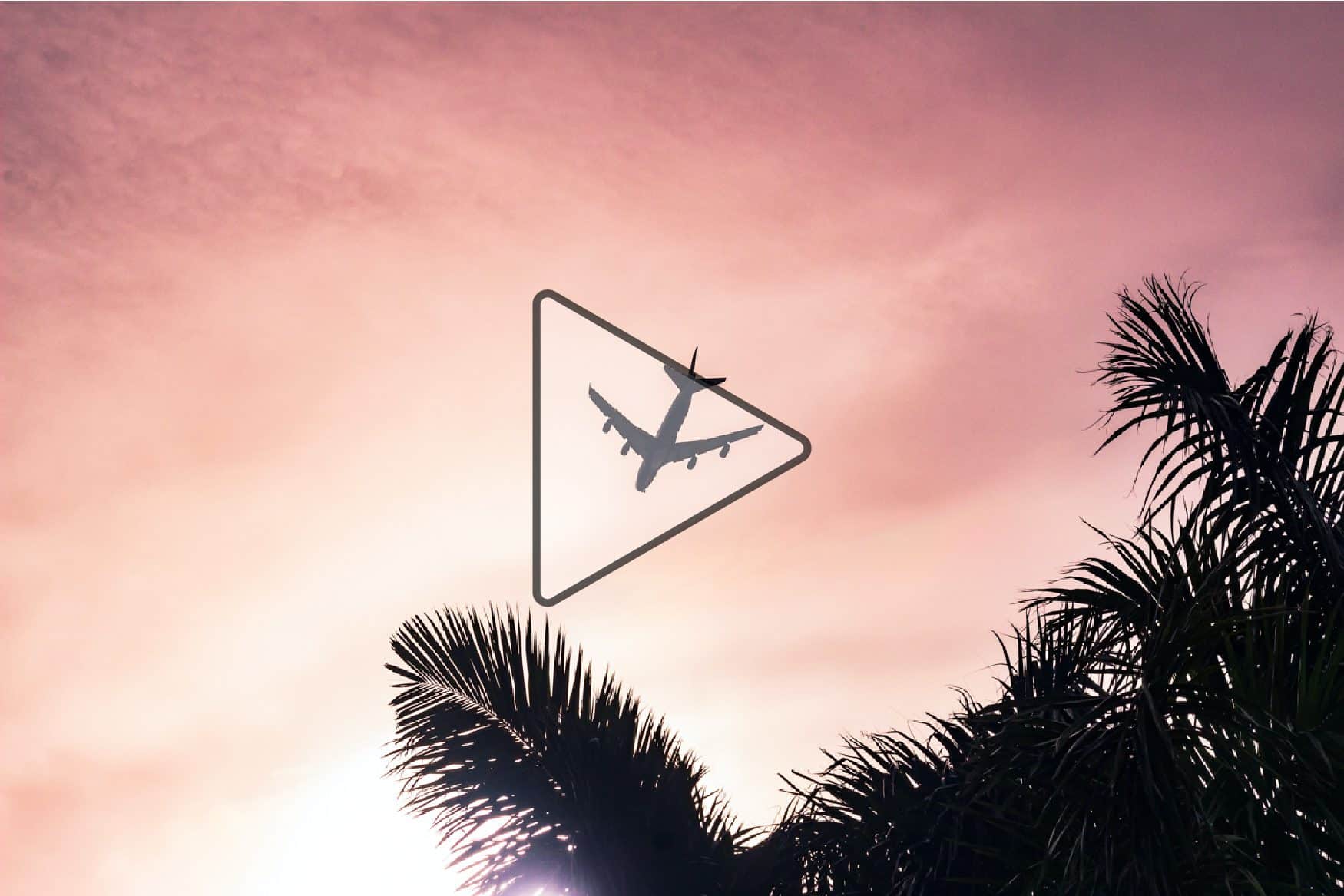
Planes are designed to stay in the air, just as cars are designed to stay on the road. Wind and thermal currents, geographical variations and weather patterns all create changes in wind direction and air density. These can all cause the plane to vibrate, jolt and shake but, just like a car on a bumpy road, the plane will simply ride over them. The bumps are real, but the notion that turbulence is in any way dangerous is not, just like an undulating road isn’t dangerous for a car or a few small waves aren’t dangerous for a boat.
It is almost completely impossible for a plane to fall out of the sky, especially due to turbulence, and state-of-the-art, real-time forecasting will avoid the worst of scenarios 100 percent of the time. So the only real thing to fear about turbulence is being redirected to another airport to wait it out!

For those who may be particularly concerned about turbulence, sitting over or just in front of the wing can reduce the bumpiness, and morning flights are less impacted by thermal currents, so tend to be a bit smoother.
ENJOY YOUR FLIGHT
All of these tips can drastically transform your flight, regardless of its length, and many are free or very inexpensive. But one thing that is often forgotten, and comes absolutely free, is taking pleasure in the experience. 17 hours into a 23-hour flight, this can be the furthest thing from your mind, but by implementing some of the other tips to improve your comfort and entertainment, a flight can be viewed as an exciting little interlude, affording you the time to indulge in books and films, to learn how to meditate or a new language, to meet new people and to forget about bills, bosses and the bustle of daily life.
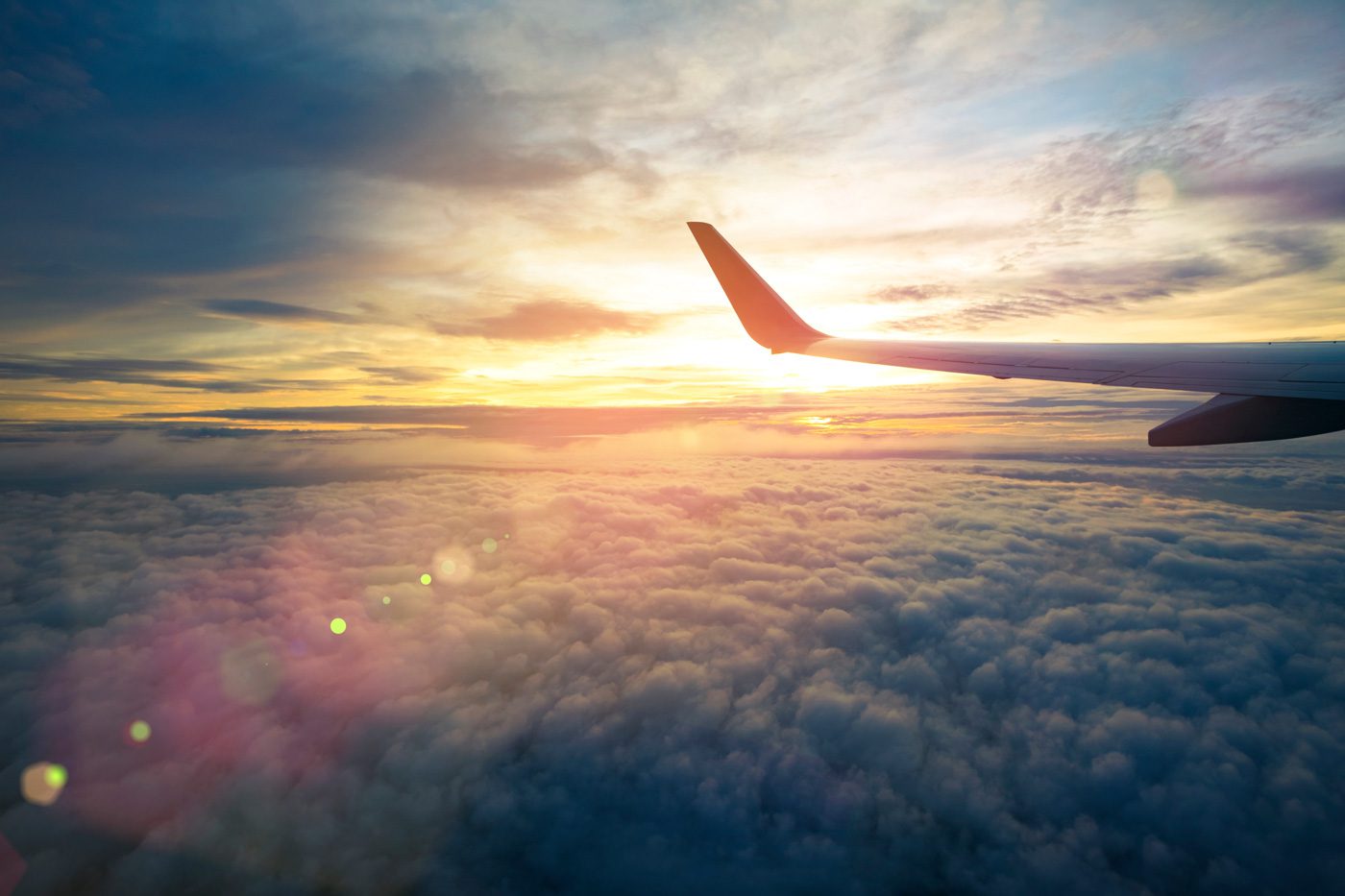
Whether outbound or inbound, you have something to look forward to, be that an exciting vacation or a return to normalcy and loved ones. So keep calm and carry on! Stress won’t get you anywhere faster, impatience slows time and you’ll arrive when you arrive and not a moment sooner, so embrace the experience and make of it as much as you can.
If you are still concerned or confused about any aspect of your flight, talk to one of our Travel Designers who will offer their personal knowledge to find the best solution for a safe, comfortable and, dare we say it, thoroughly enjoyable flight.

